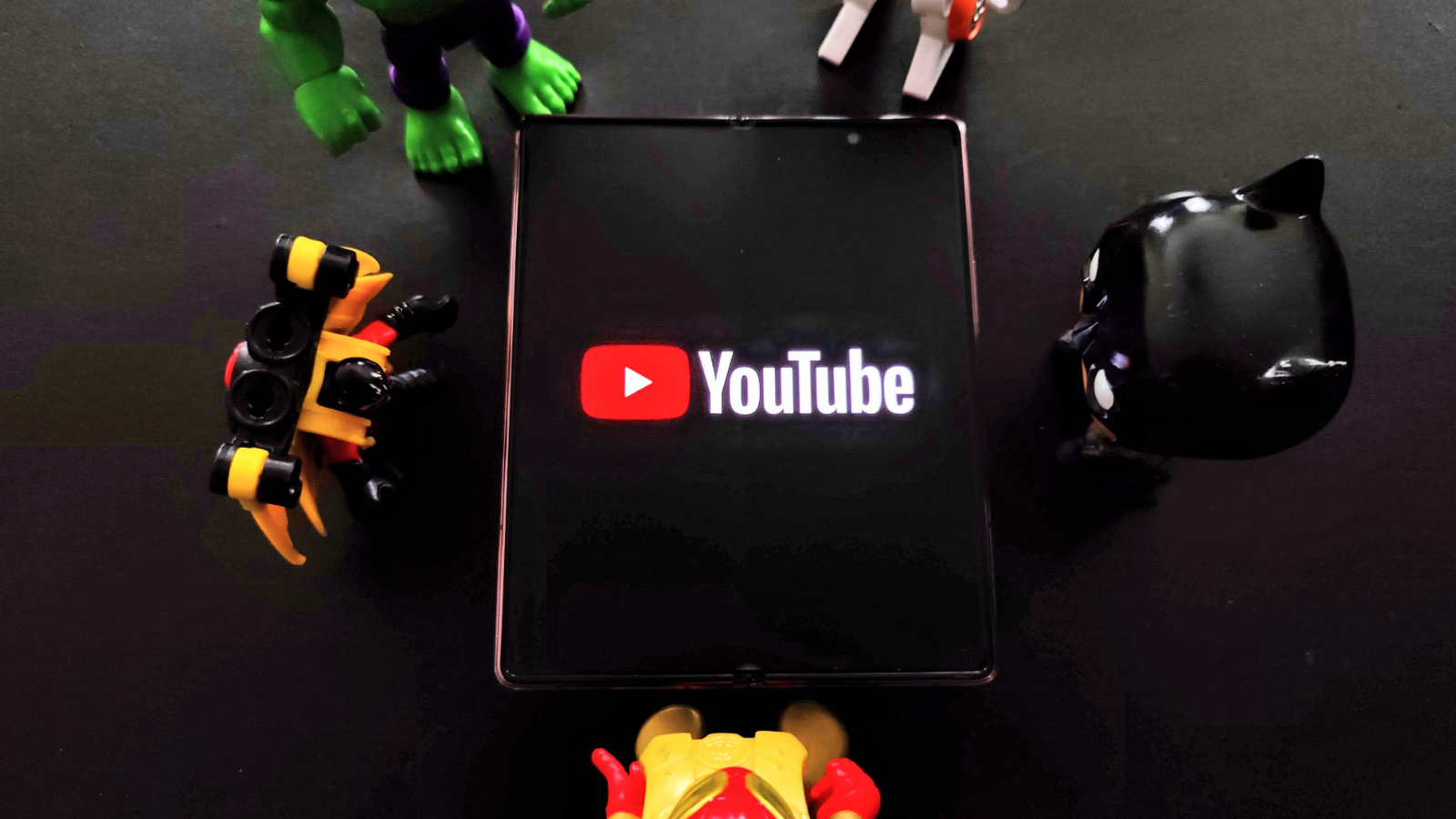YouTube's uptick in unskippable ads caused some frustration, but it's apparently over now
Ads are common but too many are a problem.

Update (Sept 16, 3:10 pm ET): The increase in ads was apparently part of a small test for certain users.
What you need to know
- YouTube has seemingly increased the amount and frequency of unskippable ads.
- Users have reported receiving as many as ten unskippable pre-video ads while the frequency of unskippable ad breaks has become "unbearable."
- YouTube's help page states its non-skippable ads range from six to fifteen seconds in length.
- YouTube has stated that it was part of a test that has now concluded.
YouTube has seemingly increased the number and frequency of unskippable ads played for users while watching videos.
Users have recently voiced their frustrations with the platform and its sudden increase of unskippable ads. The Team YouTube on Twitter recently responded to a user's question regarding the recent uptick going from two to around five unskippable ads. Team YouTube said these are likely what's known as "bumper ads," which don't last very long and play before your video gets started.
hmm...this may happen with a certain type of ad format called bumper ads, since they're only up to 6 seconds long. if you'd like, you can send feedback directly from YouTube via the send feedback toolSeptember 7, 2022
However, users voicing their issues aren't contained to just Twitter. Recently, users posted on Reddit questioning the frequency of unskippable ads specifically.
Users noted ad breaks containing multiple ads, which also appear to show up more frequently. Even navigating to one's profile would bring up an ad, as one user pointed out when using YouTube through Roku.
According to YouTube's help page about non-skippable ads, these ads are anywhere between six to fifteen seconds in length. For the free version of YouTube, ads are a way to support not only the platform but its creators, too.
That said, the uptick in ads becomes incredibly frustrating for viewers who are constantly detached from what they're watching. Some Reddit users say the issue has become "unbearable."
Get the latest news from Android Central, your trusted companion in the world of Android
Fortunately, it seems like this may not be a long-term problem. In a statement to 9to5Google, a YouTube spokesperson stated that this was part of a "small experiment" conducted globally for users watching longer videos on TVs. That said, the experiment has apparently "concluded," meaning ad frequency should go back to normal for the users affected by the experiment.
Of course, the other option to not deal with ads at all is to pay up for YouTube Premium, although some complain that the $12 per month charge is too much.
Speaking of ads, YouTube recently introduced new tools to help optimize ads for Shorts. These vertical ads benefit from machine learning technology alongside its own customized template taking the most important parts of horizontal ads and turning them vertical. The Google-owned company has realized that more people are visiting YouTube to consume content and can find longer videos through its Shorts.

Nickolas is always excited about tech and getting his hands on it. Writing for him can vary from delivering the latest tech story to scribbling in his journal. When Nickolas isn't hitting a story, he's often grinding away at a game or chilling with a book in his hand.
